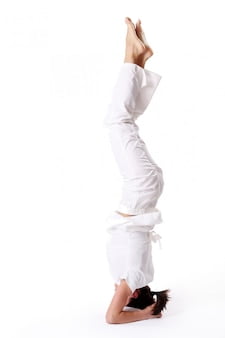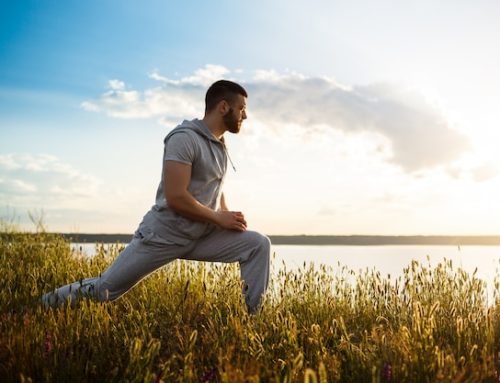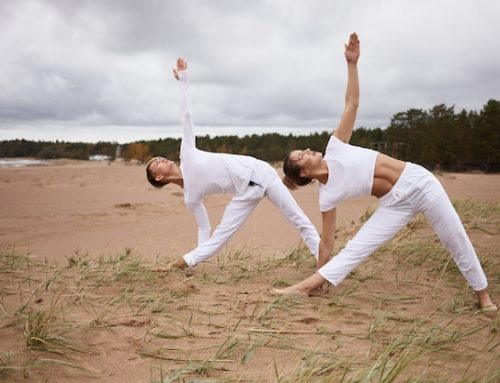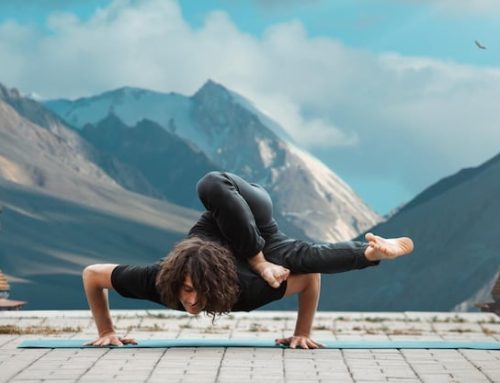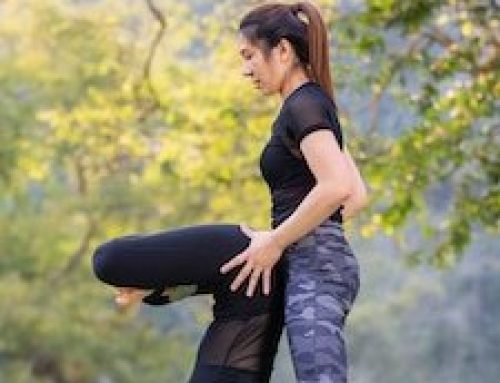Tai Chi, an ancient Chinese martial art, is often associated with mindfulness, balance, and flexibility. However, many people in the United Kingdom wonder if practicing Tai Chi can also help in building muscle. The short answer is yes, but not in the same way as traditional weightlifting or resistance training. In this article, we’ll delve into the physiological and mental aspects of Tai Chi, explore its effectiveness in muscle development, and provide some evidence-based insights.
What is Tai Chi?
Tai Chi is a form of mind-body exercise that originated in China thousands of years ago. It involves a series of fluid, flowing movements that are performed in a slow and focused manner. It’s often called “meditation in motion” and is mainly practiced for its health benefits, including stress reduction and improving balance and flexibility.
Key Components of Tai Chi
- Mindfulness: The practice engages the mind fully in the present moment.
- Breathing: Deep, diaphragmatic breathing is integral to Tai Chi.
- Movement: Tai Chi involves full-body movement, engaging multiple muscle groups.
Does Tai Chi Build Muscle?
Traditional forms of muscle building usually involve resistance training, such as weightlifting. These exercises create microscopic damage to muscle fibers, prompting the body to repair and rebuild, which results in muscle growth. Tai Chi, on the other hand, focuses more on endurance, flexibility, and balance.
However, that doesn’t mean Tai Chi can’t help build muscle. The movements do engage various muscle groups and require a degree of strength to maintain poses for an extended period.
“Tai Chi may not give you the bulk associated with weightlifting, but it can certainly improve muscle tone and strength.”
Tai Chi not only works on your physical self but also has strong mental components. The mindfulness aspect of Tai Chi could help you become more aware of your body and its capabilities. This increased awareness can lead to better muscle engagement and potentially more effective muscle development in the long run.
Evidence-Based Insights
Various studies have explored the impact of Tai Chi on muscle strength. One study found a significant improvement in lower limb muscle strength in older adults who practiced Tai Chi regularly. Another study suggested that Tai Chi could be as effective as resistance training in improving muscle strength in the lower limbs.
| Study | Population | Results |
|---|---|---|
| Study A | Older Adults | Improvement in lower limb muscle strength |
| Study B | Middle-aged Adults | Equivalent to resistance training in lower limb muscle strength |
Conclusion: Should You Choose Tai Chi for Muscle Building?
While Tai Chi may not be the most efficient way to build muscle bulk, it offers a holistic approach to physical and mental well-being. It can improve muscle tone and strength, especially in those who are new to exercise or looking for a less strenuous form of physical activity.
“If your goal is a balanced approach to fitness that incorporates not just muscle strength but also flexibility, balance, and mental wellness, Tai Chi is an excellent choice.”
Recommendations
- Start with a beginner’s Tai Chi class to learn the basics and proper form.
- Integrate Tai Chi into a fitness routine that also includes more traditional forms of muscle-building exercises if that is your primary goal.
- Consult a healthcare professional before starting any new exercise regimen.
Tai Chi’s approach to exercise makes it a unique and viable option for those looking to build muscle in a less traditional way. Its benefits extend beyond the physical, offering a comprehensive approach to health that is hard to find in other exercise forms.
